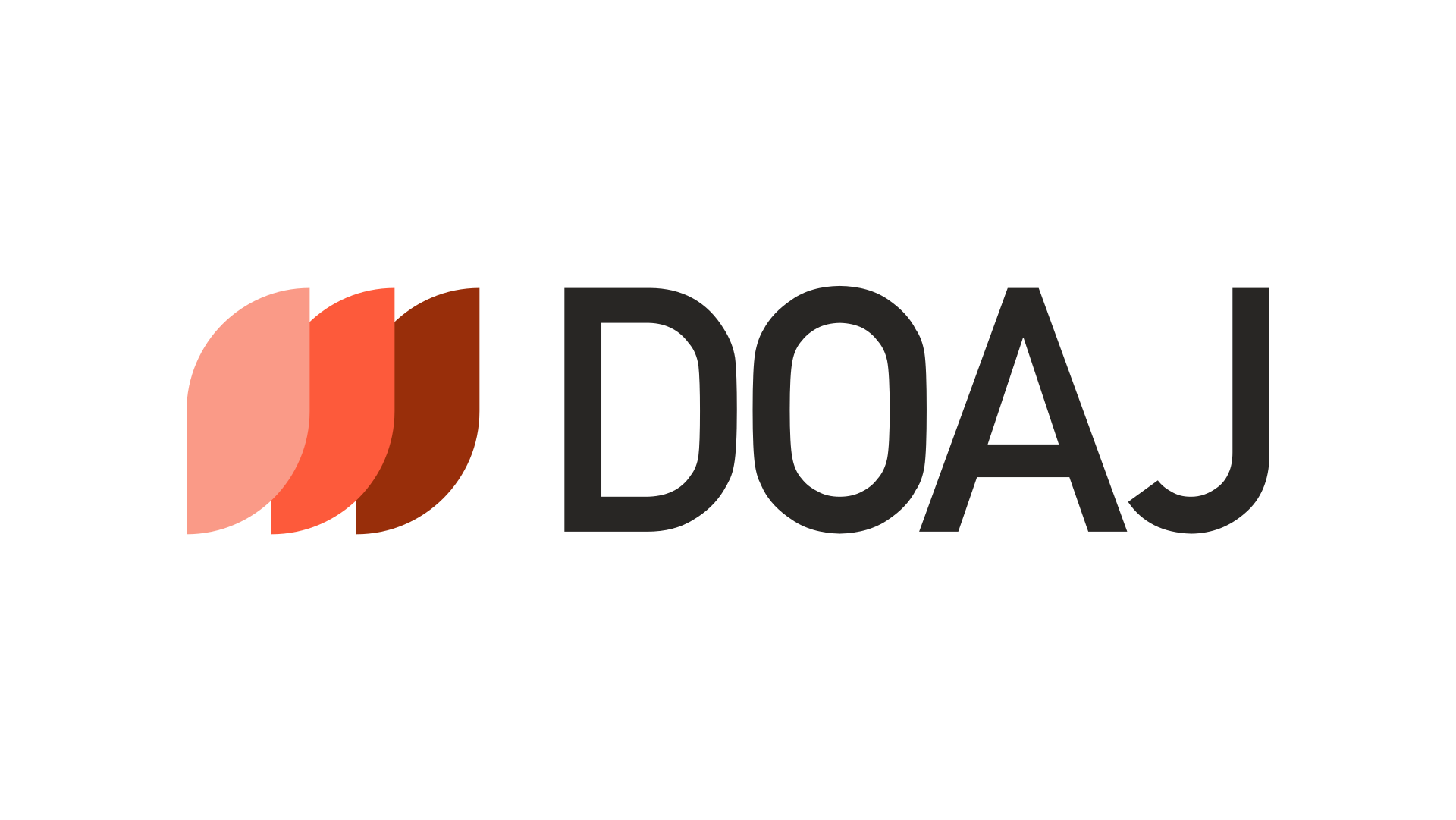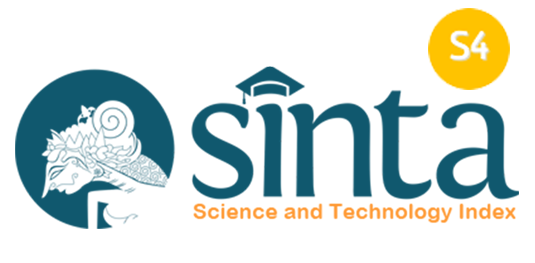THE CORRELATION BETWEEN KNOWLEDGE LEVEL WITH ADOLESCENT'S BEHAVIORS ABOUT FREE SEX BASED ON REPRODUCTIVE HEALTH LAW REGULATIONS IN SMA R BANDUNG
Downloads
Introduction: Reproductive Health has been managed by the Indonesian government in regulation and It is said that reproductive health services aim to prepare adolescents for a healthy responsible reproductive life. One of the problems that occur during the adolescence period is free sex. Commonly, it is affected by various elements, like ignorant, relationships with family or parents, and promiscuity. This condition will give an impact on their future if it is not handled properly. This study was intended to find out the correlation between students' understanding level with their behavior of free sex in SMA R. Bandung. Methods: In line with the aims of the study, it was categorized as a quantitative research design using a cross sectional approach. The data collection technique used a questionnaire of comprehension and teenagers' behavior of premarital sex. The research sample consists of 69 students, namely in class X and class XI as the population. However, only 26 students of class X consist of 12 men and 14 women, and 43 students of class XI consist of 19 men and 24 women. Results: From univariate analysis, it can be seen that most respondents (68.1%) had good knowledge. meanwhile. they also showed (81.2%) a positive behavior. This indicates that bivariate analysis obtained a p-value of 0.000 or signified<0.05. Conclusions: In a conclusion, there was a correlation between students' knowledge level and their behavior of free sex in SMA R Bandung.
Arikunto, S. (2013). Prosedur Penelitian: Suatu Pendekatan Praktik. Jakarta: Rineka Cipta.2014. Prosedur Penelitian Suatu Pendekatan Praktik. Jakarta
Azwar, Saifuddin. (2015). Sikap Manusia: Teori & Pengukurannya. Yogyakarta: Pustaka Pelajar.
Badan Pemberdayaan Perempuan dan Keluarga Berencana (BPPKB). 2009. Panduan pengelolaan pusat informasi dan konseling kesehatan reproduksi remaja. Jakarta: BPPKB.
BKKBN, Direktorat Kesehatan Reproduksi Badan Kependudukan dan Keluarga Berencana Nasional. Promosi dan Konseling Kesehtan Reproduksi Bagi Kelompok Kegiatan PIK Remaja (PIK R). 2017
Departement Kesehatan Republik Indonesia (2007). Survey kesehatan Reproduksi remaja Indonesia. Jakarta. http://www.depkeri.go.id diakses pada tanggal 20 Mei 2015
Kemenkes R. Situasi Kesehatan Reproduksi Remaja (http://www.depkes.go.id/download.php.file=download/pusdatin/infodatin% 20reproduksi%20remaja-ed.pdf): Pusat Data dan Informasi Kementrian Kesehatan RI. (online) 2015.
Notoatmodjo.(2014). Metodologi Penelitian Kesehatan.Jakarta : PT. Rineka Cipta.Rineka Cipta.
Nursalam. 2013. Metodologi Penelitian Ilmu Keperawatan: Pendekatan Praktis : Jakarta : SalembaMedika.
Sugiyono. 2016. Metode Penelitian Kuantitatif, Kualitatif dan R & D. Bandung: Alfabeta
Sugiyono. 2018. Metode Penelitian Kuantitatif, Kualitatif dan R & D. Bandung: Alfabeta.
Undang- undang Republik Indonesia Nomor 36 tahun 2009 Tentang Kesehatan
Undang- undang Republik Indonesia Nomor 53 Tahun 2009 Tentang Perkembangan Kependudukan dan Pembangunan keluarga.
Peraturan Pemerintah Nomor Republik Indonesia Nomor 61 Tahun 2014 Tentang Kesehatan Reproduksi.
Kuswandi, K., Ismiyati, I., & Rumiatun, D. (2019). Analisis Kualitatif Prilaku Seks Bebas Pada Remaja Di Kabupaten Lebak. JPP (Jurnal Kesehatan Poltekkes Palembang), 14(1), 18–24. https://doi.org/10.36086/jpp.v14i1.284
Rahadi, D. S., & Indarjo, S. (2017). Perilaku Seks Bebas Pada Anggta Club Motor X Kota Semarang Tahun 2017. Journal of Health Education, 2(2), 115–121. https://doi.org/10.15294/jhe.v2i2.14170
Sapara, M. M., Lumintang, J., & Paat, C. J. (2020). Dampak lingkungan sosial terhadap perubahan perilaku remaja perempuan di desa ammat kecamatan tampan'amma kabupaten kepulauan talaud. Jurnal Holistik, 13(3), 1–16.
Copyright (c) 2022 Wintari Hariningsih , Saurmian Sinaga , Silvia Mendes Pereira , Andreas Kurnianto

This work is licensed under a Creative Commons Attribution 4.0 International License.
Copyright Notice
1. The journal allows the author to hold the copyright of the article without restrictions.
2. The journal allows the author(s) to retain publishing rights without restrictions.
3. The legal formal aspect of journal publication accessibility refers to Creative Commons Attribution (CC BY).














